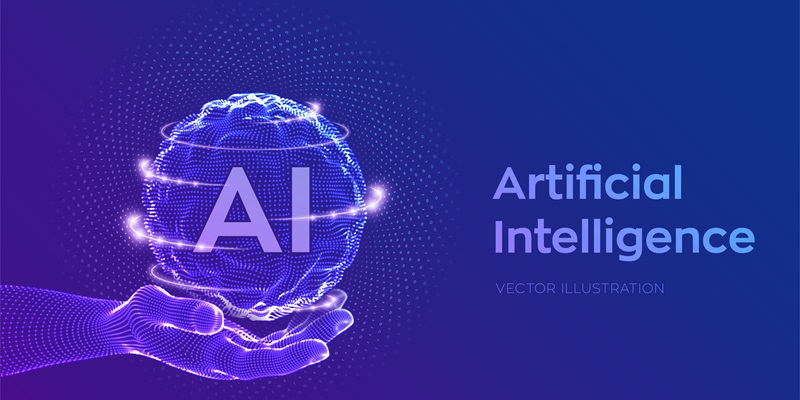The confluence of artificial intelligence (AI) and behavioral economics marks a revolutionary shift in the landscape of business decision-making. This fusion empowers leaders to navigate the business world with enhanced acumen, leveraging AI’s analytical proficiency to counteract human cognitive biases, which often impede optimal decision-making.
The Legacy of Behavioral Economics in AI
The Influence of Kahneman and Smith
The groundbreaking work of Daniel Kahneman and Vernon L. Smith shed light on the intricacies of human judgment, revealing a vast array of cognitive biases that challenge the notion of rational decision-making. Their research has profound implications, as it laid the foundation for integrating AI into decision-support systems. By understanding these biases, AI can be developed to neutralize them, thus enabling more rational and effective decision-making processes that mirror the intentions of behavioral economics.
AI’s Anticipated Impact on Leadership
Kahneman’s foresight into the implications of AI for leadership and management is becoming a reality. As AI evolves, it offers leaders a tool to augment their own judgment, reducing the likelihood of flawed decision-making in complex environments. AI systems, equipped with the ability to aggregate and analyze vast amounts of data, can help leaders dissect intricate business scenarios and make unbiased decisions, signaling a transformation in the roles and abilities of human leaders.
AI and Decision-Making: Enhancing Human Judgment
Overcoming Cognitive Biases
AI’s role in identifying and mitigating cognitive biases is increasingly crucial. In financial decision-making, AI can help detect when decisions are influenced by the sunk cost fallacy or overconfidence, advising against further investment in a failing project or tempering unrealistic expectations. In HR, AI can filter out unconscious biases in recruitment, ensuring a fair and diverse candidate selection process. These applications demonstrate AI’s potential to support human decision-makers in avoiding the pitfalls of ingrained biases.
Leveraging Big Data for Better Decisions
Through the lens of behavioral economics, AI’s ability to sift through colossal datasets offers a means of uncovering nuanced insights into consumer behavior. Predictive analytics inform marketing strategies by identifying patterns that might otherwise be overlooked. Real-world decision support systems make the most of this big data capability, enabling businesses to stay a step ahead in a competitive landscape.
Ethical Implications in the Fusion of AI and Behavioral Economics
The Risk of Bias in AI Development
It’s crucial to recognize that AI systems can reflect the biases of their creators, potentially perpetuating existing prejudices. The challenge is to create AI that is not only intelligent but also impartial, ensuring that all decisions it aids are free from the bias of its human architects. This important consideration must be addressed throughout the AI development process to prevent the amplification of historical biases.
Navigating the Ethical Labyrinth
Solid ethical frameworks, diverse development teams, and a transparent process are indispensable in creating AI systems. The quest to integrate AI into business decision-making entails a continuous commitment to these ideals, reinforcing the importance of AI’s ability to learn from and adapt to ever-evolving ethical standards and societal norms.
Implementing Ethically-Tuned AI in Business
A Multi-Disciplinary Approach to AI Development
A collaborative, multi-disciplinary approach is paramount in the ethical development of AI. The intersection of insights from technologists, ethicists, and behavioral economists can pave the way for AI to support business decisions while respecting human values. Such collaboration ensures a comprehensive perspective that influences the design of AI, rendering it sensitive to the nuanced terrain of ethical considerations.
Preparing for a Future with AI Decision-Makers
As businesses venture into the future of AI-driven decision-making, they must tread carefully, aligning their strategies with both ethical and technological imperatives. A continual process of evaluation and adaptation is necessary, considering the rapidly changing landscape of ethics and societal expectations. It’s a call to action for businesses to stay vigilant and responsive as they integrate AI systems into their decision-making frameworks.
This exploration of AI’s intersection with behavioral economics concludes without firm answers but with an invitation to consider the delicate balancing act between technological innovation and ethical responsibility. As we advance into this new era, the integration of AI into decision-making is poised to reshape leadership and strategic planning, holding the promise of greater efficiency and fairness—provided it is approached with the necessary care for ethical integrity.

